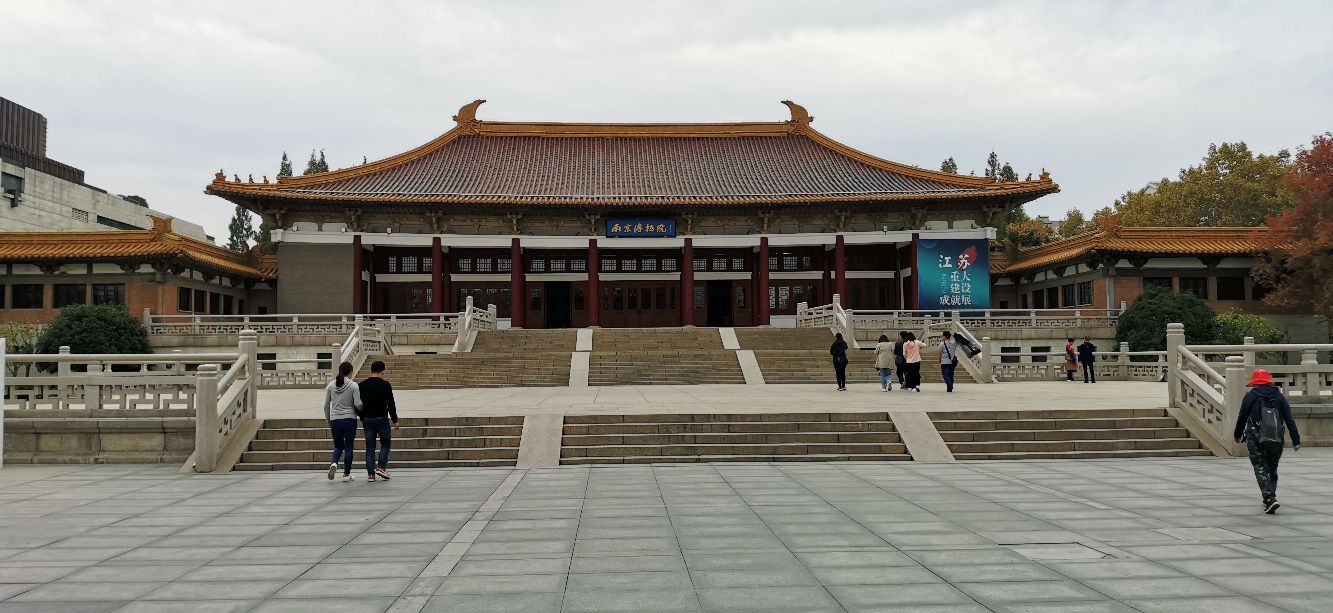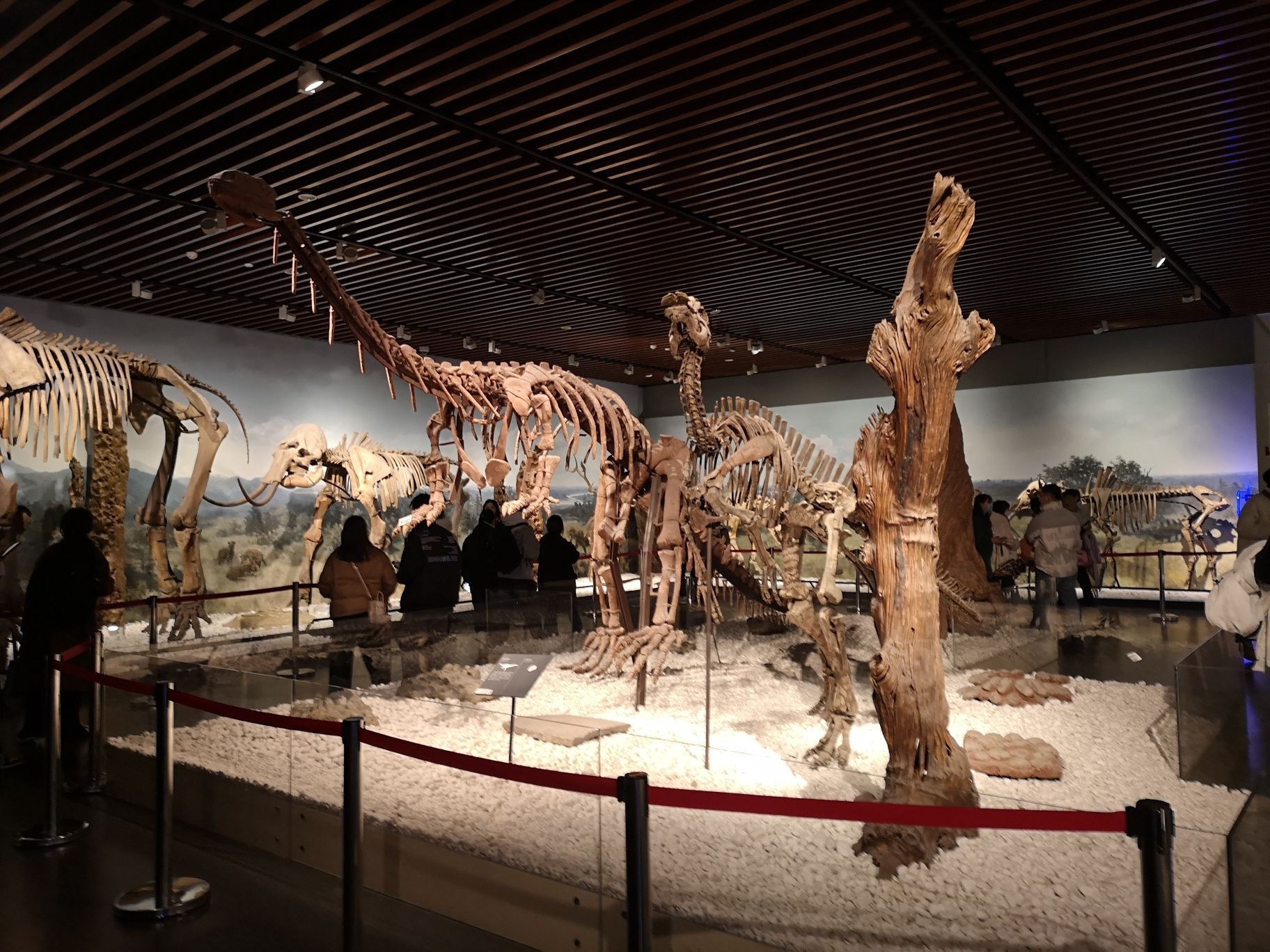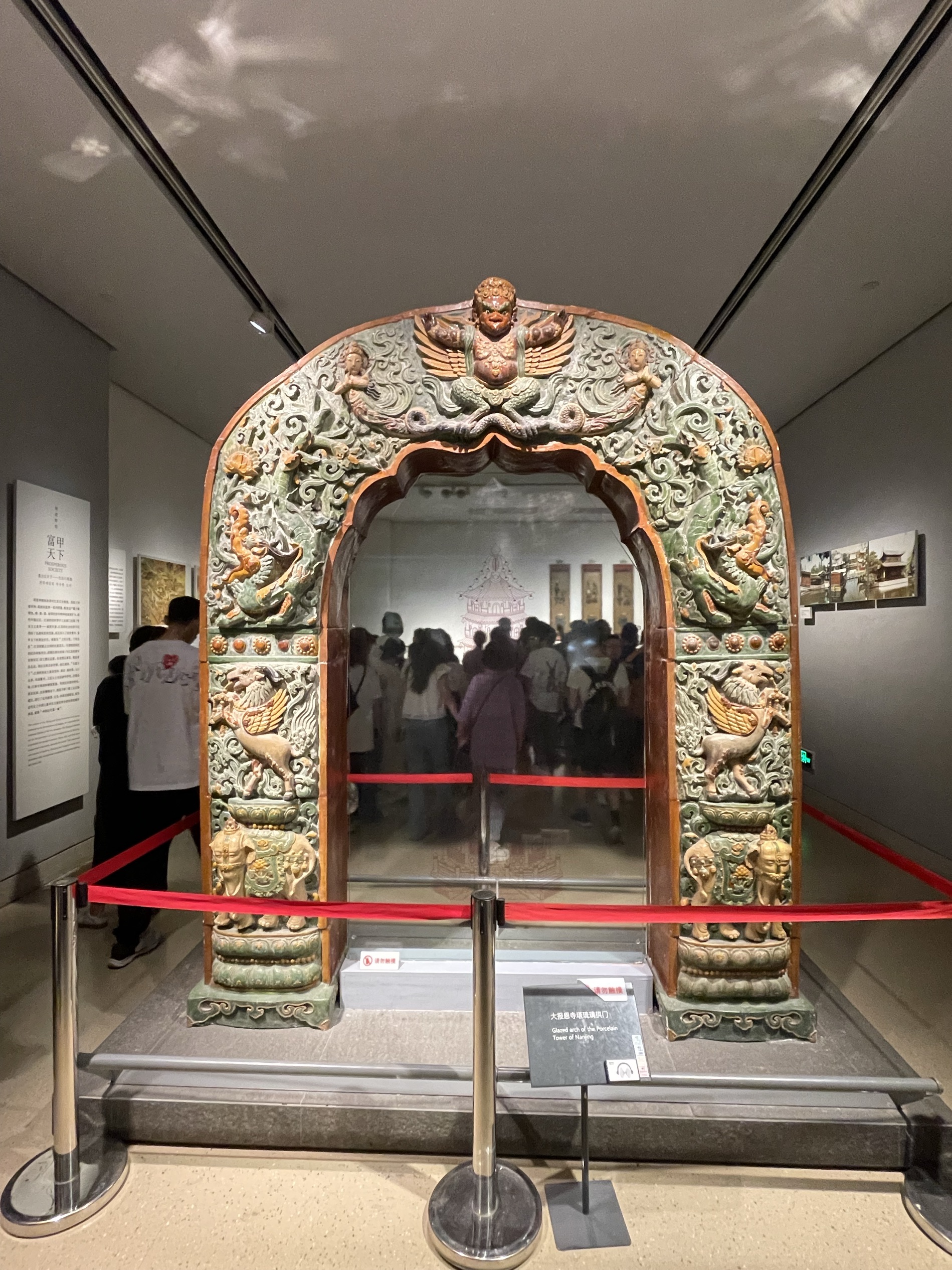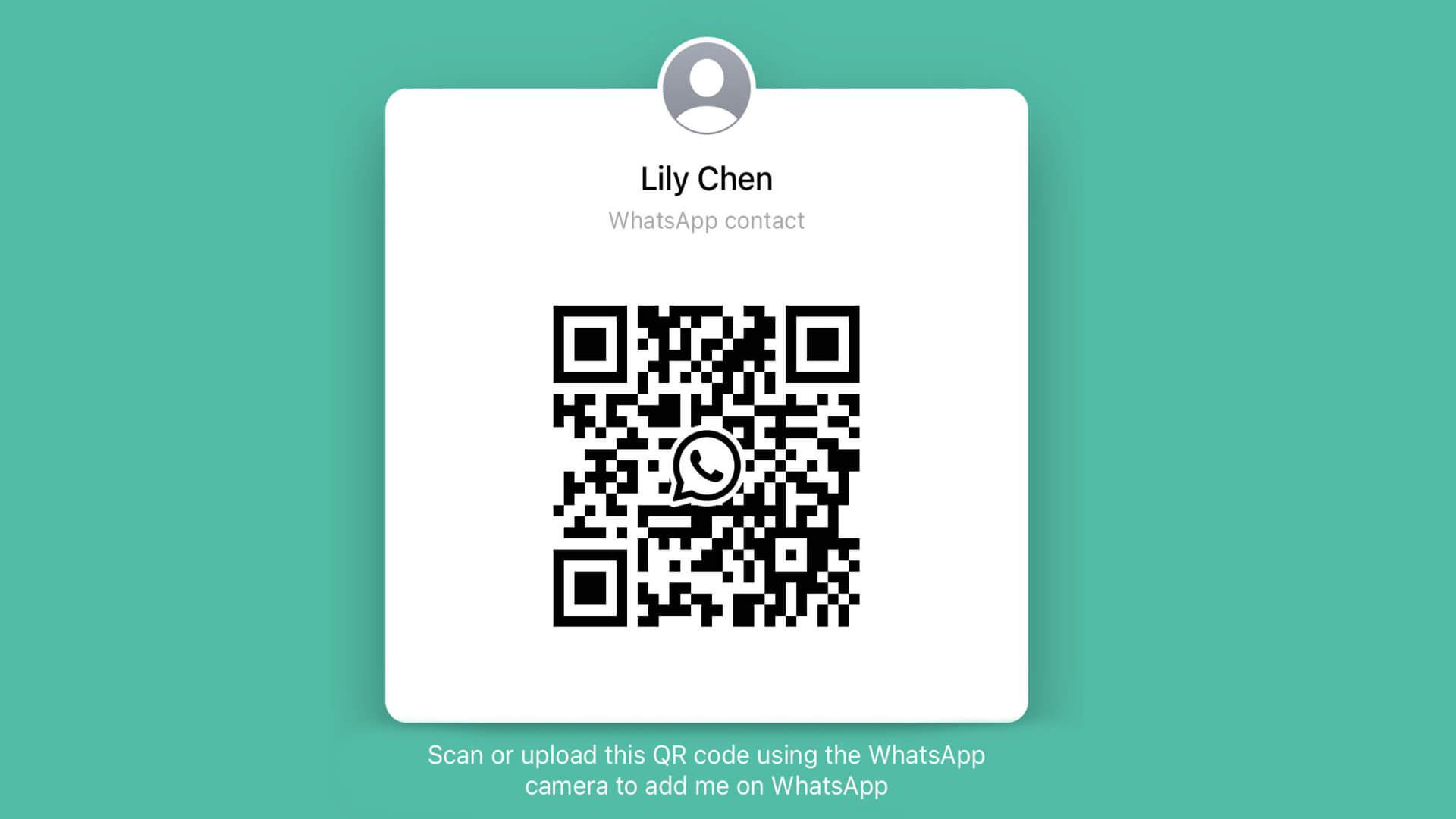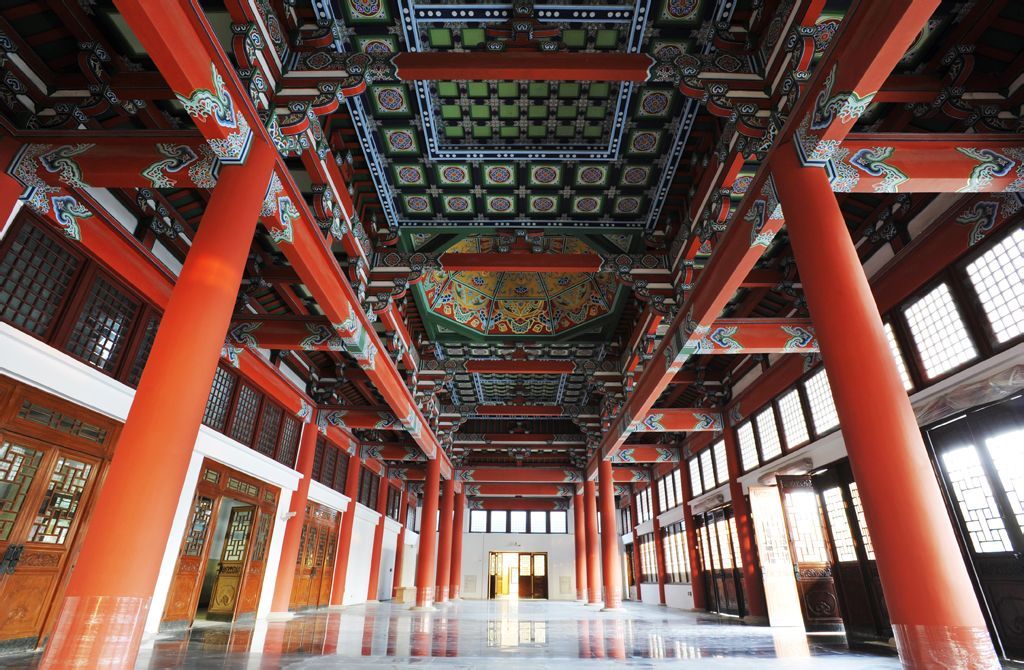
Nanjing Museum
- Chinese Name: 南京博物院
- Add: No. 321, East Zhongshan Road, Xuanwu District, Nanjing 南京市玄武区中山东路321号
- Opening Time: All year round Tuesday-Sunday 09:00-17:00
- Tickets: 9 CNY
- Official Website: https://www.njmuseum.com/zh/visitIndex
- Tel: (+0086) 025-84807923
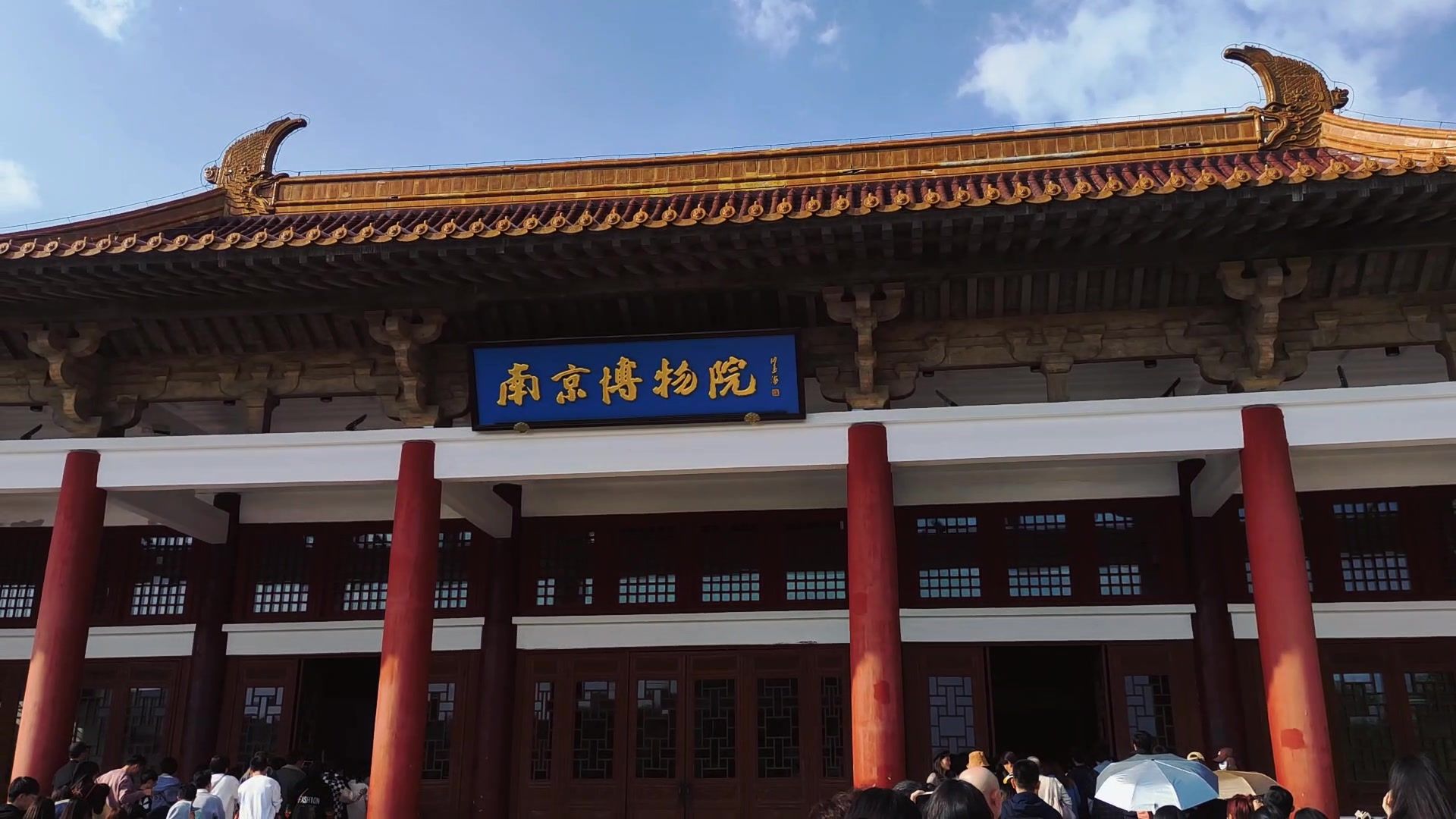
Nanjing Museum
Nanjing Museum is located at the south foot of Zijin Mountain and the north side of Zhongshan Gate. Here you can not only see ancient cultural relics such as the gold thread clothes in “Tomb Raiders Notes”, but also appreciate the art of calligraphy and painting, and even take a walk in the old streets and take a journey through time.
museum history
The museum was built in 1933 and completed in 1948. The main hall imitates the appearance of the mountain gate of Dule Temple in Tianjin. It was expanded in 2009 and opened to the outside world on November 6, 2013. It has become the second largest museum in China after the National Museum of China. It has a history hall, special exhibition hall, digital hall, art hall, Republic of China hall, and intangible cultural heritage hall. Six halls.
museum layout
The main building of the museum is divided into two parts on the left and right. After walking for a while on the right is the old main hall of the museum imitating Dule Temple. It is no longer used for displaying exhibits and has become a place for security checks. Behind “Dule Temple” is the History Museum , the other five halls are on the left. You can either visit from the fifth hall on the left to the history hall on the right, or from the history hall to the fifth hall on the left. It is recommended to go to the History Museum first, because the special exhibition hall with the “Treasure of the Town House” is on the left side of the History Museum. You can visit it in the order of History Hall-Special Exhibition Hall-Digital Hall-Republic of China Hall-Art Hall-Intangible Cultural Heritage Hall The entire museum.
History Museum
The History Museum displays cultural relics arranged in chronological order from ancient times to Ming and Qing Dynasties. Walking in it is like walking in the five thousand years of civilization in Jiangsu. Worth seeing are: dinosaur skeletons in ancient times; gold-threaded clothes and silver-threaded clothes; walls made of bricks in the Southern and Northern Dynasties, and the brick carvings with “Seven Sages of the Bamboo Grove” faintly engraved on them.
Special Exhibition Hall
The special exhibition hall “Glorious Colors” displays official kilns of the Qing Dynasty, “Exhibition of Watches and Clocks” displays ancient Chinese timepieces and Western clocks, and “Walking into Buddha Statues” displays exquisite golden Buddha statues. As for the “treasure of the town courtyard”, the gold-plated Tibetan stupa in the early years of Ming Dynasty (1436-1439 A.D.), one exhibit occupies a room, and the ostentation alone is shocking enough. This treasure of the town courtyard was unearthed in the underground palace of the Hongjue Temple Pagoda in Niushou Mountain, Nanjing. On the square red sandstone base, four blue and white porcelain vases surround the golden stupa in the middle. In front of the stupa is a small gold coffin and silver The coffin, on which lay a golden reclining statue of Sakyamuni.
digital library
The digital pavilion uses modern technology to display ancient themes, such as the animation “Nandu Fanhui Scenery Scroll” (similar to the Qingming River Scene in the China Pavilion of the World Expo). What’s more interesting is that there are many interactive games here, you can touch the screen to play games with ancient backgrounds.
art gallery
The Art Gallery exhibits sculptures, calligraphy and paintings. Fu Baoshi’s paintings on display are still very special, using Chinese ink painting to paint red-roofed buildings, squares and sculptures in Eastern Europe.
Republic of China Pavilion
The Republic of China Pavilion made the entire interior look like a street in the Republic of China period. There are trams on the street, and there are many shops in the style of the Republic of China on both sides of the street and they are open for business. Of course, the things for sale are also things that can evoke people’s memories. At a North-South grocery store, you can buy the “rat shit” (aka kumquat balls) you ate as a child. The post office can stamp the postmark of Nanjing Museum. The Pioneer Bookstore upstairs of the post office, the waiters are all dressed in the clothes of the time, and the bookstore also buys stamps if you want to send postcards.
Intangible Cultural Heritage Museum
The Museum of Intangible Cultural Heritage exhibits folk handicrafts such as stereotypes, paper-cuts, gold foil, and lanterns. You can enjoy Kunqu Opera, Baiju, Pingtan and other performances here. The reference time for the performance is: 14:00-16:00. In the small theater, you can watch 3D movies for free, and the length of the movie is about 20 minutes. The small theater of the Intangible Cultural Heritage Museum will also be open to the public if there are traditional folk performances at 19:00 on weekends and holidays, and tickets are required.
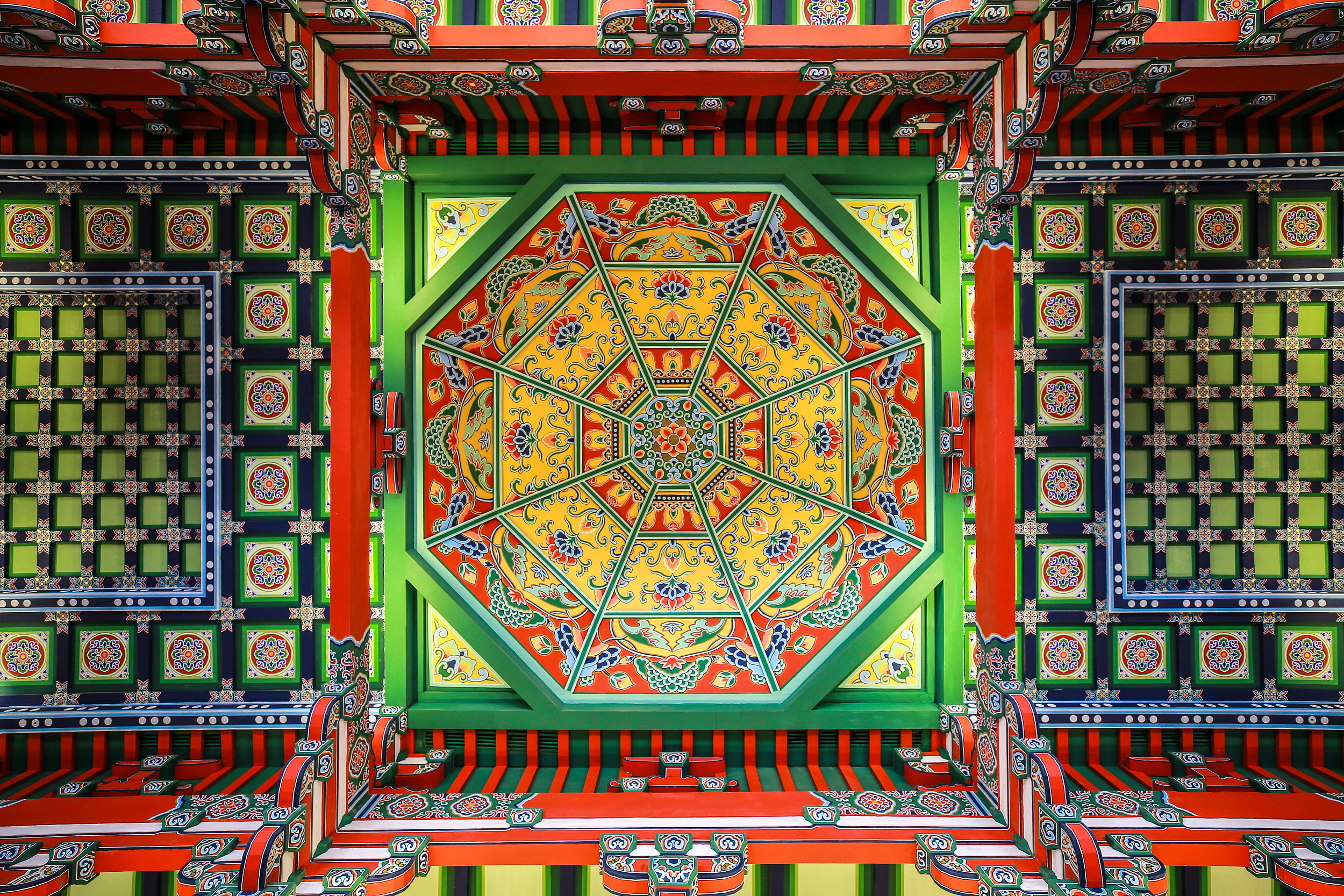
Nanjing Museum Tourist Map
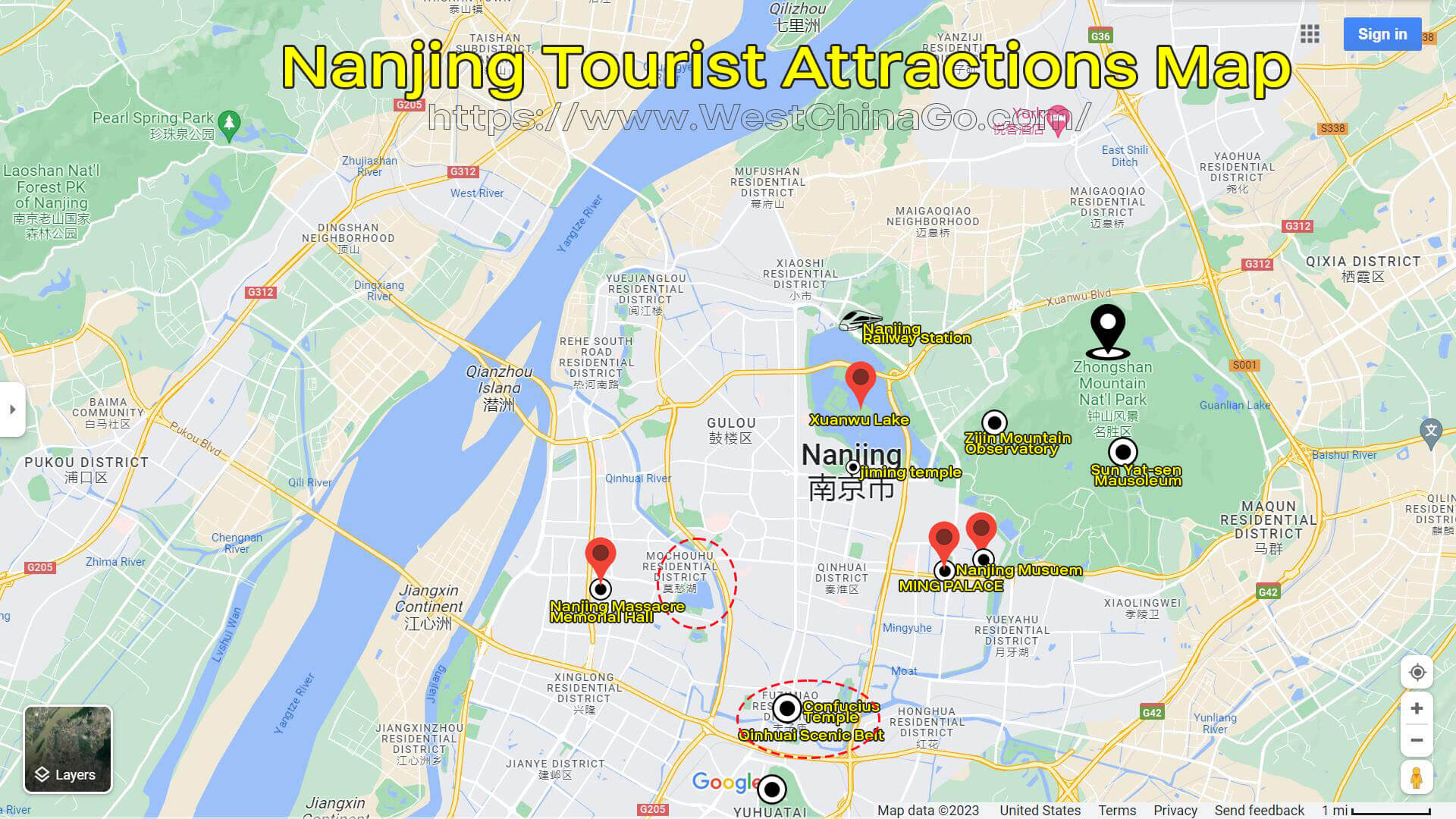
Nanjing Museum Travel Guide
Visiting method: make an appointment in advance
- Nanjing Museum implements a “reservation mechanism for all staff”. Tickets are limited in the morning and afternoon. Please enter the museum no later than 13:00 on the same day for morning tickets, and enter the museum between 12:00-16:00 on the same day for afternoon tickets;
- Please make an appointment on the Nanbo official website or applet. After the appointment is successful, bring your original ID card or the original third-generation social security card of Jiangsu Province to enter the museum according to the appointment time.
